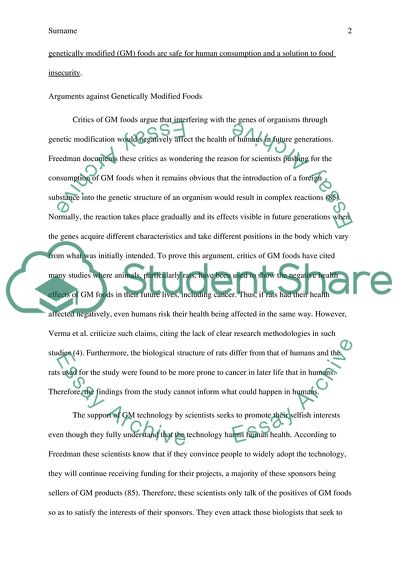Cite this document
(Genetically Modified Foods Are Safe for Human Consumption Research Paper - 1, n.d.)
Genetically Modified Foods Are Safe for Human Consumption Research Paper - 1. Retrieved from https://studentshare.org/health-sciences-medicine/1849489-fits-the-research-paper
Genetically Modified Foods Are Safe for Human Consumption Research Paper - 1. Retrieved from https://studentshare.org/health-sciences-medicine/1849489-fits-the-research-paper
(Genetically Modified Foods Are Safe for Human Consumption Research Paper - 1)
Genetically Modified Foods Are Safe for Human Consumption Research Paper - 1. https://studentshare.org/health-sciences-medicine/1849489-fits-the-research-paper.
Genetically Modified Foods Are Safe for Human Consumption Research Paper - 1. https://studentshare.org/health-sciences-medicine/1849489-fits-the-research-paper.
“Genetically Modified Foods Are Safe for Human Consumption Research Paper - 1”, n.d. https://studentshare.org/health-sciences-medicine/1849489-fits-the-research-paper.


